I got a field report of a product which is sealed in an IP66 aluminum die cast body. it was observed that water/moisture had condensed inside the enclosure over and over and creating some white marks inside (see attached). The product was installed in a US region about a year ago.
It was reported the top cover was screwed on properly, and there is no way water can get in. However one question in my mind is: we install this product on a street light pole, and the top cover is screwed on in the field only after the power cable gets in. So what if the atmosphere is already full of moisture during installation? That moisture will be trapped in the enclosure and sealed after covering the top. And due to the weather changing over and over that moisture gets condensed over and over and creates the problem. How can I get out of this? One way I think would be to use some kind of silica bag to absorb moisture. Any advice?
